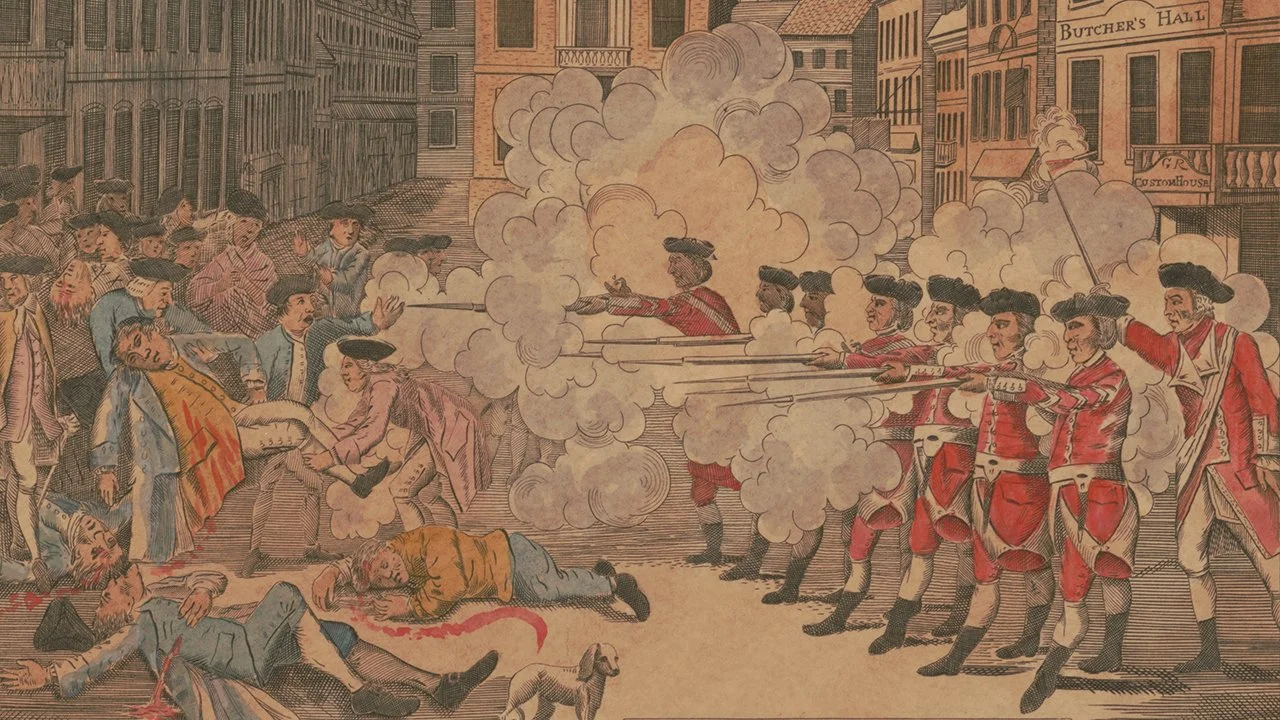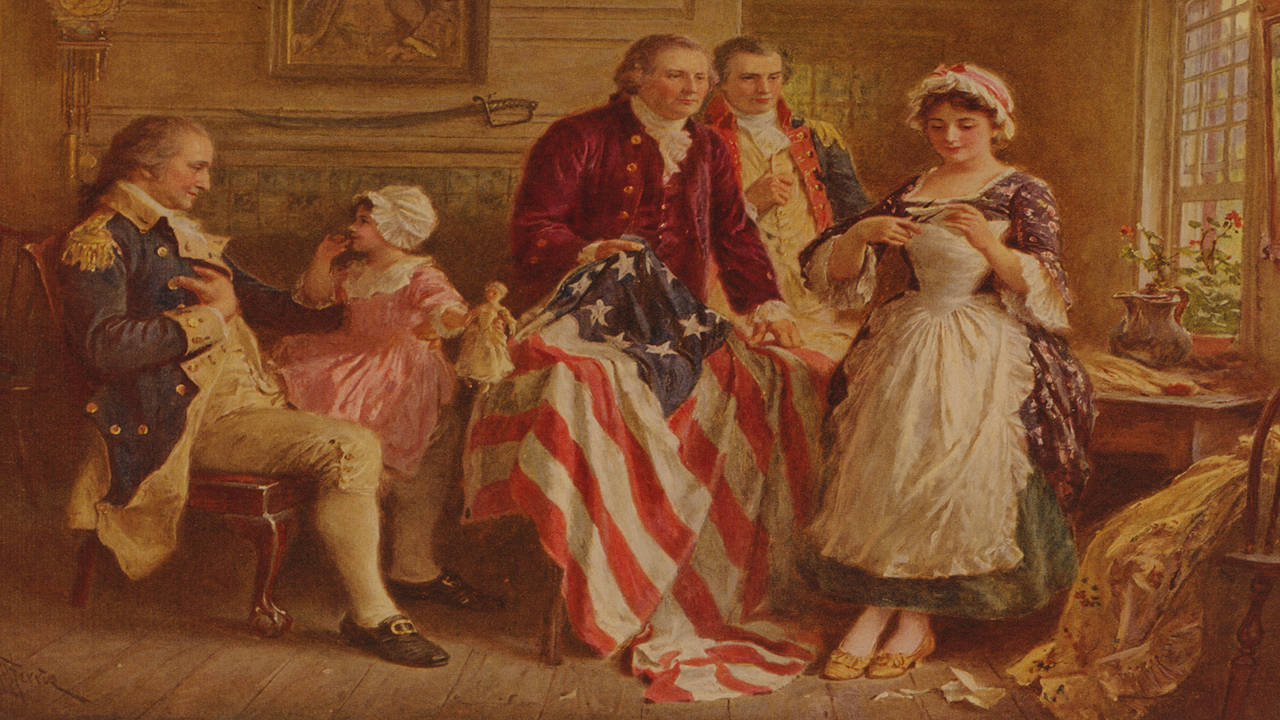A Historic Gathering at the First Continental Congress
In 1774, the First Continental Congress brought together many influential leaders from colonial America. 56 men, including George Washington and John Adams, met to formulate a response to England’s Coercive Acts, which closed the port of Boston and revoked Massachusetts’ colonial charter in response to the Boston Tea Party. This historic gathering was the first time complete separation from England was openly discussed.
The Boston Tea Party
One of the most iconic moments in American history, the Boston Tea Party was emblematic of the colonies’ resistance to British oppression. Taxes imposed by the Townshend Acts and the Tea Act would lead the Sons of Liberty to toss 92,000 pounds of tea, valued at almost $2 million today, into the Boston Harbor.
The Boston Massacre Trial and Its Aftermath
Tom Hand, creator and publisher of Americana Corner, discusses the Boston Massacre, a tragic affair that can be traced to the British parliament’s passing of the Townshend Acts, and why it still matters today.
The Boston Massacre
Tom Hand, creator and publisher of Americana Corner, discusses the Boston Massacre, a tragic affair that can be traced to the British parliament’s passing of the Townshend Acts, and why it still matters today.
The Stamp Act Congress
Representatives from the 13 colonies met during the Stamp Act Congress of 1765 to discuss their formal response to the Stamp Act, which placed a direct tax on virtually all printed materials in America. This meeting was the first time the colonies came together to resist the British Empire.
Fort Ticonderoga and America’s Quest for Independence
During the American Revolution, Fort Ticonderoga was a strongpoint on the natural waterway between the American colonies and British-controlled Canada. The cannons captured there provided the heavy artillery General Washington needed to intimidate the British out of Boston.
Expanding Our New Nation with the Northwest Ordinance
The Northwest Ordinance represents the first time the United States spread its wings and began to fulfill its destiny. As a result, Ohio, Indiana, Illinois, Michigan, Wisconsin and part of Minnesota would eventually be added to our country.
Creating the Constitution, Part Two: The World’s Oldest, and Shortest, Written Constitution
It is important to understand the challenges faced by the Founders in creating our new federal system. As James Madison wrote, "the great difficulty lies in this: you must first enable the government to control the governed; and in the next place oblige it to control itself.”
Creating the Constitution, Part One: Enabling the Government to Control the Governed
It is important to understand the challenges faced by the Founders in creating our new federal system. As James Madison wrote, "the great difficulty lies in this: you must first enable the government to control the governed; and in the next place oblige it to control itself.”
The Declaration of Independence, Part Three: Visionary Words That Changed the World
To fully appreciate the Declaration of Independence, we must remember these words revolutionized the way not only Americans but also much of the world viewed the role of government and where the right to govern originates.
The Declaration of Independence, Part Two: The Colonies’ Unsuccessful Attempt to Reconcile with England
After the French and Indian War, England’s resources were depleted. Parliament decided to tax the American colonies, as well as revoke some freedoms. The colonists' resistance to these acts yielded no results, and the call was made to draft our Declaration of Independence.
Betsy Ross and Her Flag
Betsy Ross represents what most patriots were in 1776, simple, hard-working people who wanted their country to be free. Her flag is a reminder of the part every day Americans played in gaining our independence from England. The Betsy Ross flag represents a time when our nation was in its purest form. A time when our nation was united against a common foe and in a common cause.
















